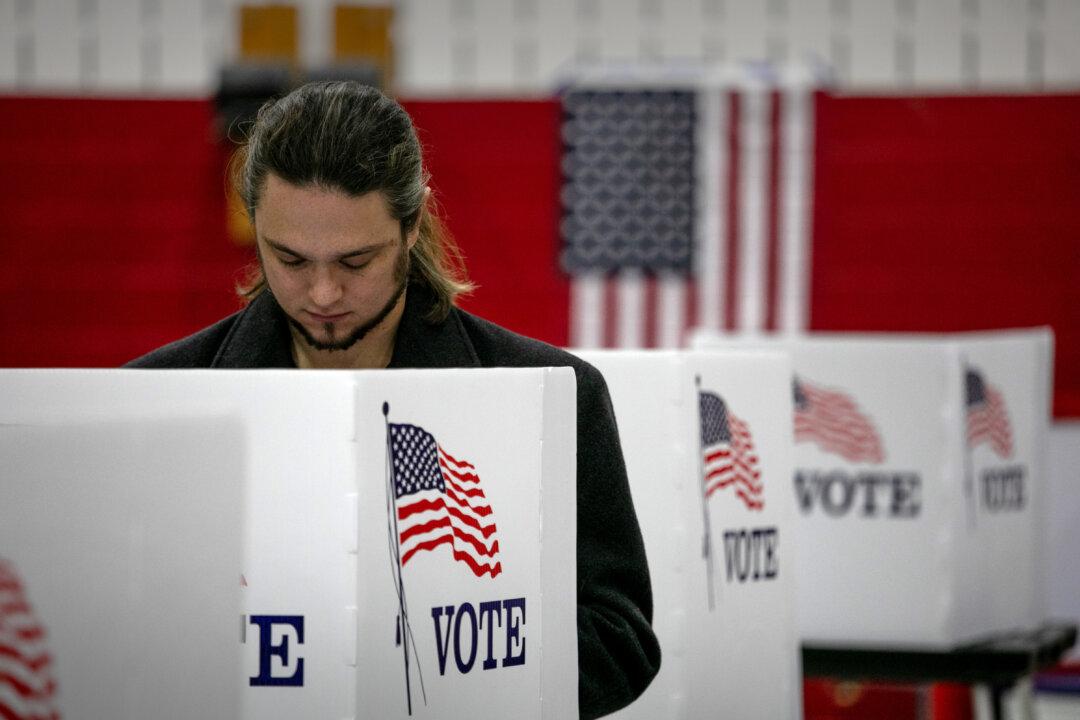Commentary
Few would have thought that in the year 2020, ordinary citizens would, once again, be obligated to defend the sacred democratic principle of voting in person by secret ballot.

Few would have thought that in the year 2020, ordinary citizens would, once again, be obligated to defend the sacred democratic principle of voting in person by secret ballot.